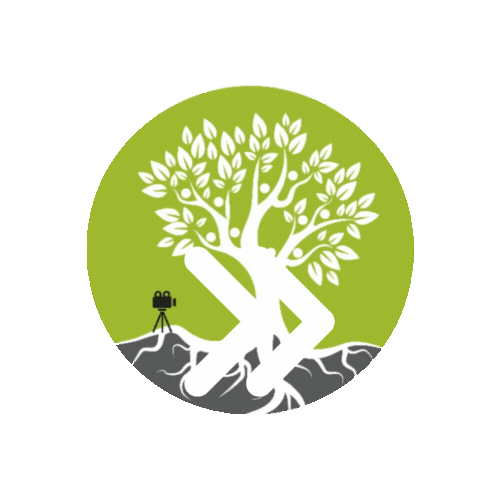Gladys has written a poem which she has sent in to a competition.She is very proud of her poem and wants so share it with her friends but Molly is too sleepy to listen and Bingo is too busy painting a self-portrait and Duck is too preoccupied with his new Moose hat.The letter from the competition arrives; it thanks Gladys for her lovely poem but…Gladys finds it hard to believe that her poem didn’t win.Gladys is upset and calls Duck a “Moose head”. Duck is upset in turn and snaps at both Rosa and Zigger. Then Bingo finds Molly has drawn a mustache on his portrait.Things go from bad to worse until Mr. Growl is able to calm them all down with the story of the Hot Potato.Bingo & Molly was originally produced for The Learning Channel, a division of Discovery Networks and was designed to meet their high standards of excellence in children’s programming. Bingo & Molly aired on Discovery Kids and The Learning Channel in around 100 million homes across North and South America. The shows combine music, puppets and fun-filled animation to help pre-schoolers learn the social skills necessary to relate to family members and other children their own age. An ensemble cast of comical and endearing characters, comprising Bingo & Molly brother and sister rabbits, Gladys the Emu, is the nosy neighbour, Duck is a duck who thinks he’s a rabbit, Zigger the mole, Rosa the Bear from South America, and of course Mr. Growl, the vegetarian Wolf, who is the mentor and confidant of the whole team. Together they cope with and solve many of the same concerns that trouble or confuse our young readers. Children will learn that they too can solve the same kind of problems by emulating the solutions of the Bingo & Molly and their woodland friends.Targeted at the K through 8 age range, these sensitive children’s shows were designed to build children’s confidence and trust in themselves by modelling positive problem solving skills. In pursuing this goal of greater social

